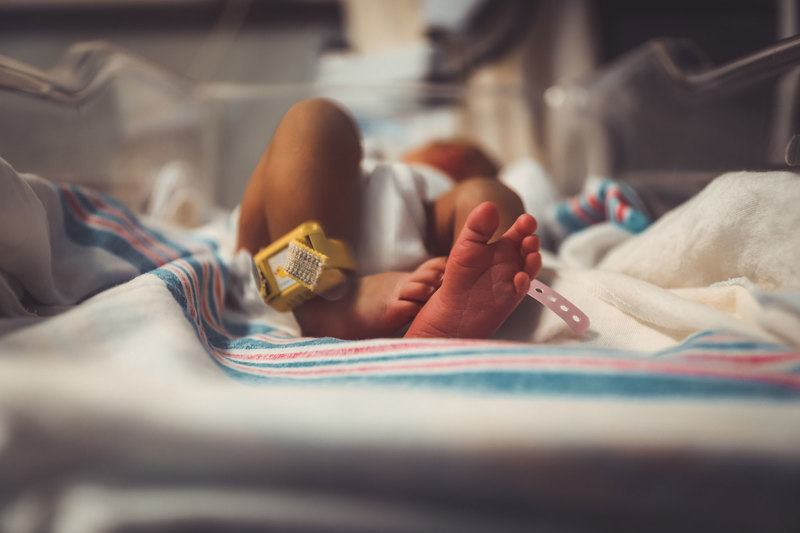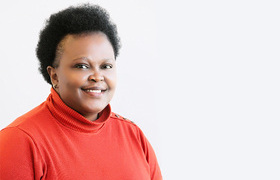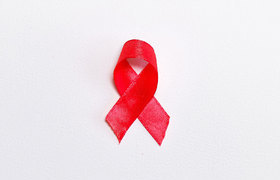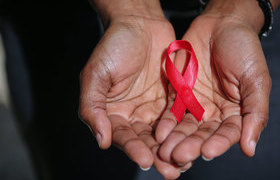HIV‑exposed but uninfected babies weigh less
13 July 2021 | Story Aamirah Sonday, Dorothy Nyemba. Photo Charles Eugene/Unsplash. Read time 3 min.
A study involving a group of University of Cape Town (UCT) researchers from the Centre for Infectious Disease Epidemiology and Research (CIDER) found that infants who were HIV‑exposed but uninfected, and born to women living with HIV, had lower mean standardised weight and length at birth compared with infants born to HIV‑uninfected women, and infants who had not been exposed to or infected by HIV.
The team also found that among the infants who were “HIV‑exposed uninfected”, mean standardised weight and length did not vary according to the timing of antiretroviral (ARV) exposure, either before conception or when initiated later in gestation.
ART treatment for pregnant mothers
Successful scale‑up of antiretroviral therapy (ART) during pregnancy has minimised infant HIV acquisition, and annually, over one million infants are born HIV‑exposed but uninfected, with an increasing proportion also exposed to maternal ART in utero.
While the benefits of ART in pregnancy certainly outweigh the risks, some studies have reported associations between in utero ART exposure and impaired foetal growth, highlighting the need to identify the safest ART regimens for use in pregnancy.
“Although there are overwhelming benefits of universal ART for both the mother and the infant, it is critical that short- and long‑term potential risks be systematically studied using sound methodological approaches, so that the safest regimens for use in pregnancy are identified,” shared lead author of the study and UCT PhD candidate, Dorothy Nyemba.
Despite universal ART treatment during pregnancy and breastfeeding, which has improved maternal health and significantly reduced infant HIV acquisition, foetal growth remains impaired for infants exposed to in utero HIV/ART compared with infants born to mothers without HIV.
Studies to identify the clinical significance of growth disparities between HIV‑exposed but uninfected infants and HIV‑unexposed and uninfected infants are urgently needed, as well as to establish the safest ARV drug for use in pregnancy.
The bigger picture
This study is part of a broader study, the B Positive cohort, that aimed to monitor the effectiveness, impact and risks of the World Health Organization’s Option B+ prevention of mother‑to‑child transmission of HIV strategy.
B Positive was an observational prospective study in the era of universal ART in pregnancy and, uniquely, included a group of women who initiated ART prior to conception, a group who initiated ART sometime after conception but during pregnancy, and a group who were living without HIV.
In this secondary analysis, the aim was to evaluate associations between in utero exposure to HIV/ART and infant birth weight and length, standardised for age and sex.
Going forward, the team will conduct a longitudinal analysis of the B Positive study cohort, which followed mother–infant pairs until 12 months post‑partum.
“We aim to evaluate growth trajectories of children who are HIV‑exposed uninfected, and HIV‑unexposed uninfected,” said Nyemba.
 This work is licensed under a Creative Commons Attribution-NoDerivatives 4.0 International License.
This work is licensed under a Creative Commons Attribution-NoDerivatives 4.0 International License.
Please view the republishing articles page for more information.










